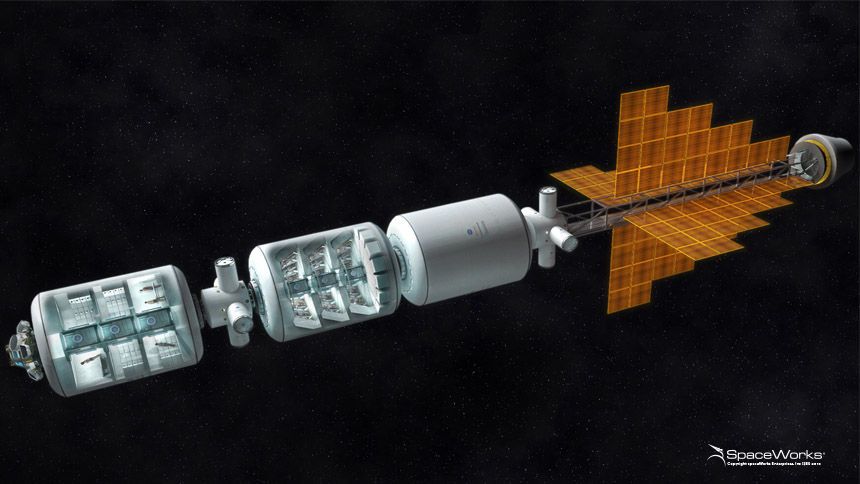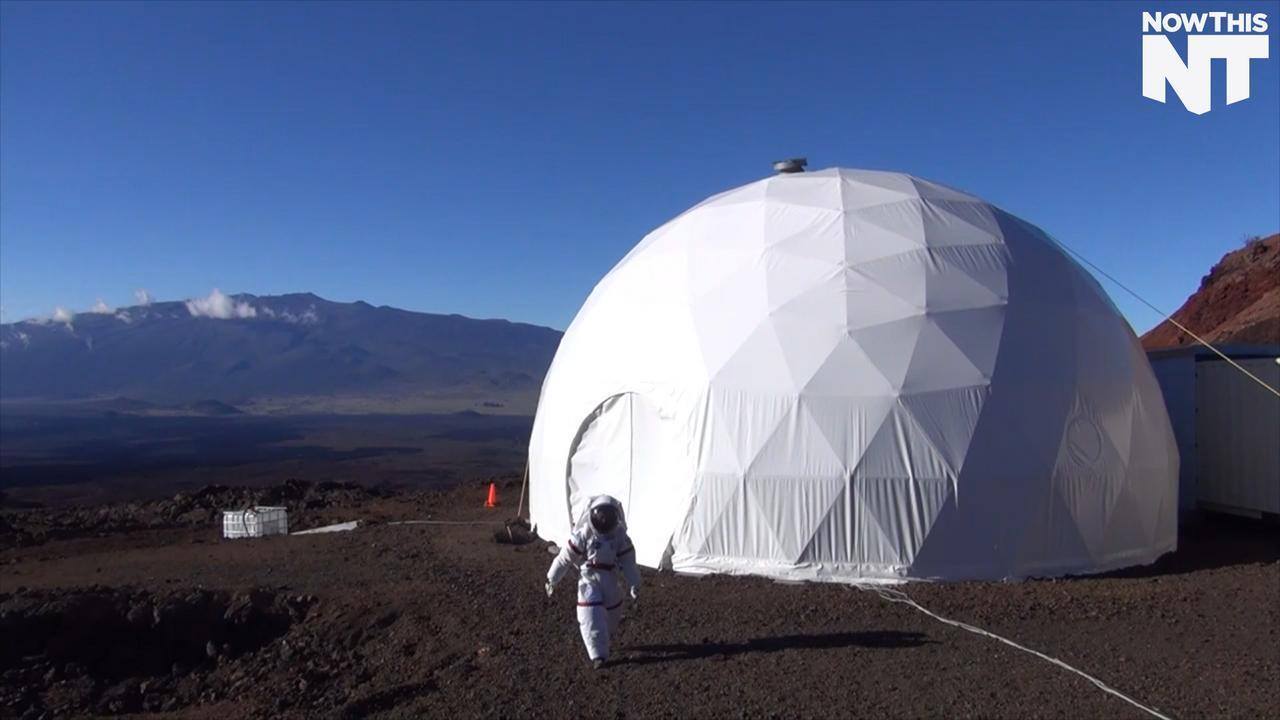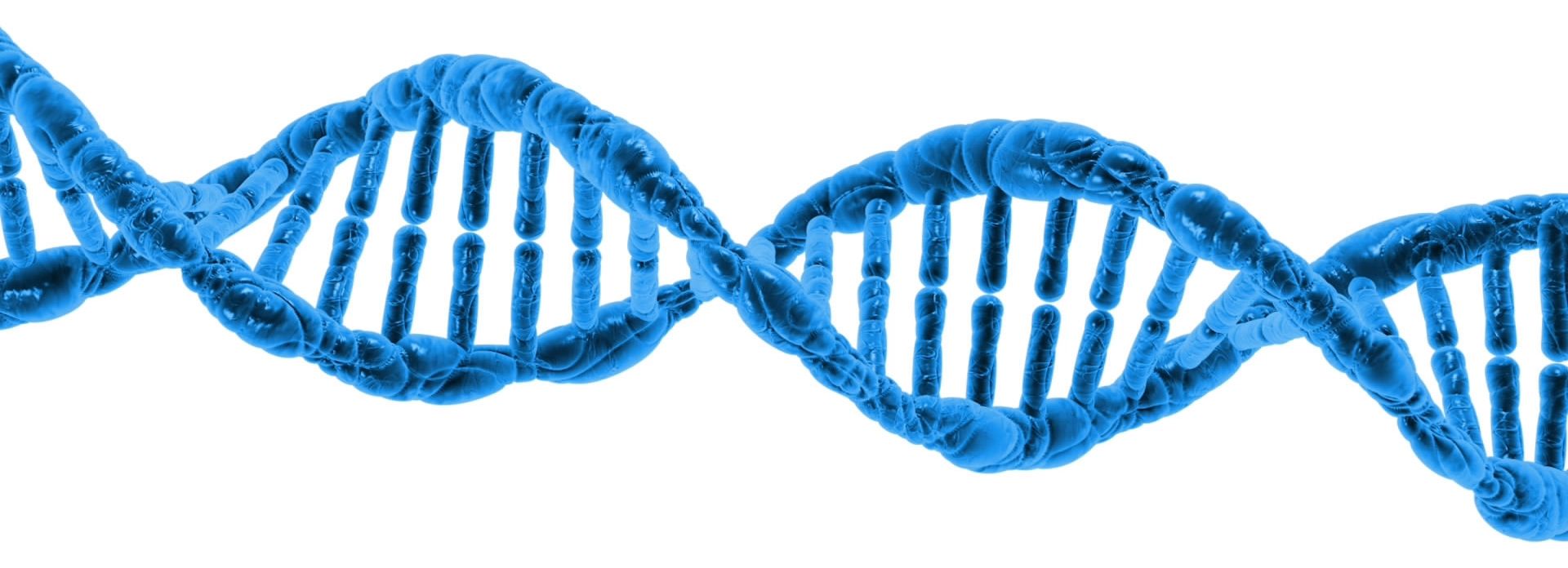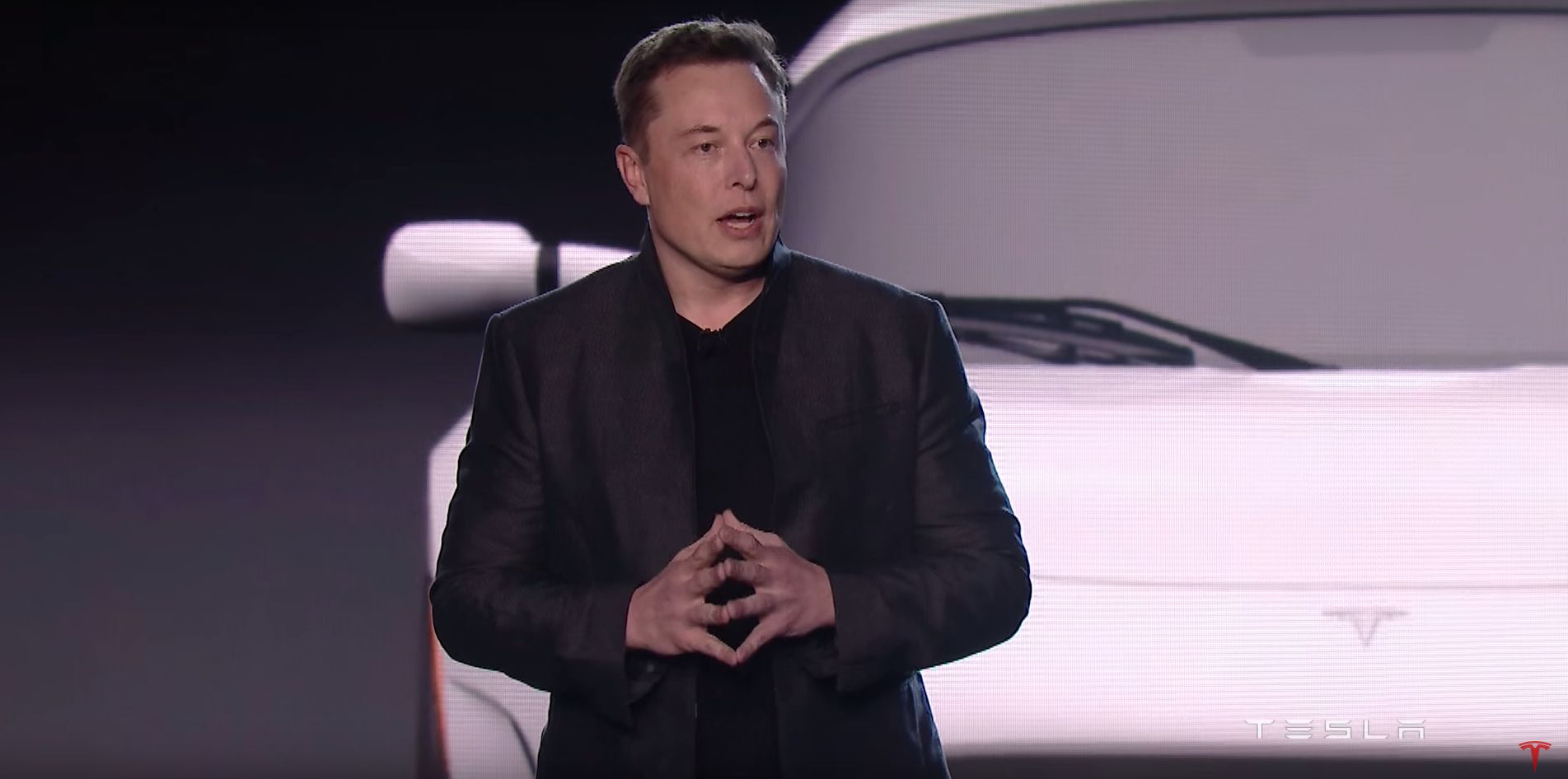
Americans believe in the importance of a good day’s work. And so it’s understandable that the prospect of a universal basic income (UBI), in which the government would issue checks to cover the basic costs of living, rubs some people the wrong way. Writing in The Week in 2014, Pascal-Emmanuel Gobry envisions a UBI dystopia in which “millions of people” are “listing away in socially destructive idleness,” with “the consequences of this lost productivity reverberating throughout the society in lower growth and, probably, lower employment.”
This is a reasonable concern. After all, the most successful anti-poverty programs in the US thus far, such as the Earned Income Tax Credit, have been carefully designed to promote work –not enable people to avoid it. But based on the evidence we have so far, there’s little reason to believe that a UBI would lead people to abandon work in droves. And even if some people did indeed opt to give up their day jobs, society might wind up reaping untold rewards from their free time in the long run.
Back in the 1960s and 1970s, the US and Canada were seriously considering the possibility of instating a UBI. During that time, the US government commissioned a series of experiments across six states to study the effects of guaranteed income, particularly its effects on work. The Canadian government introduced a similar experiment in the town of Dauphin.









